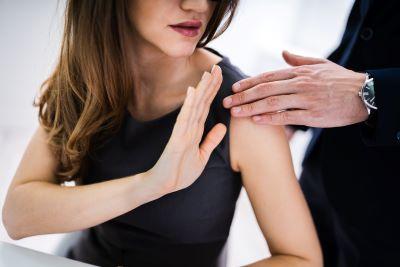A 2021 survey conducted by Universities Australia (UA) has found that close to 50 percent of the university student population has experienced sexual harassment at least once.
In addition, one in 20 Australian university students have been sexually assaulted and one in six have been sexually harassed since starting university, while in the past 12 months, 1.1 percent have been sexually assaulted and one in 12 sexually harassed.





